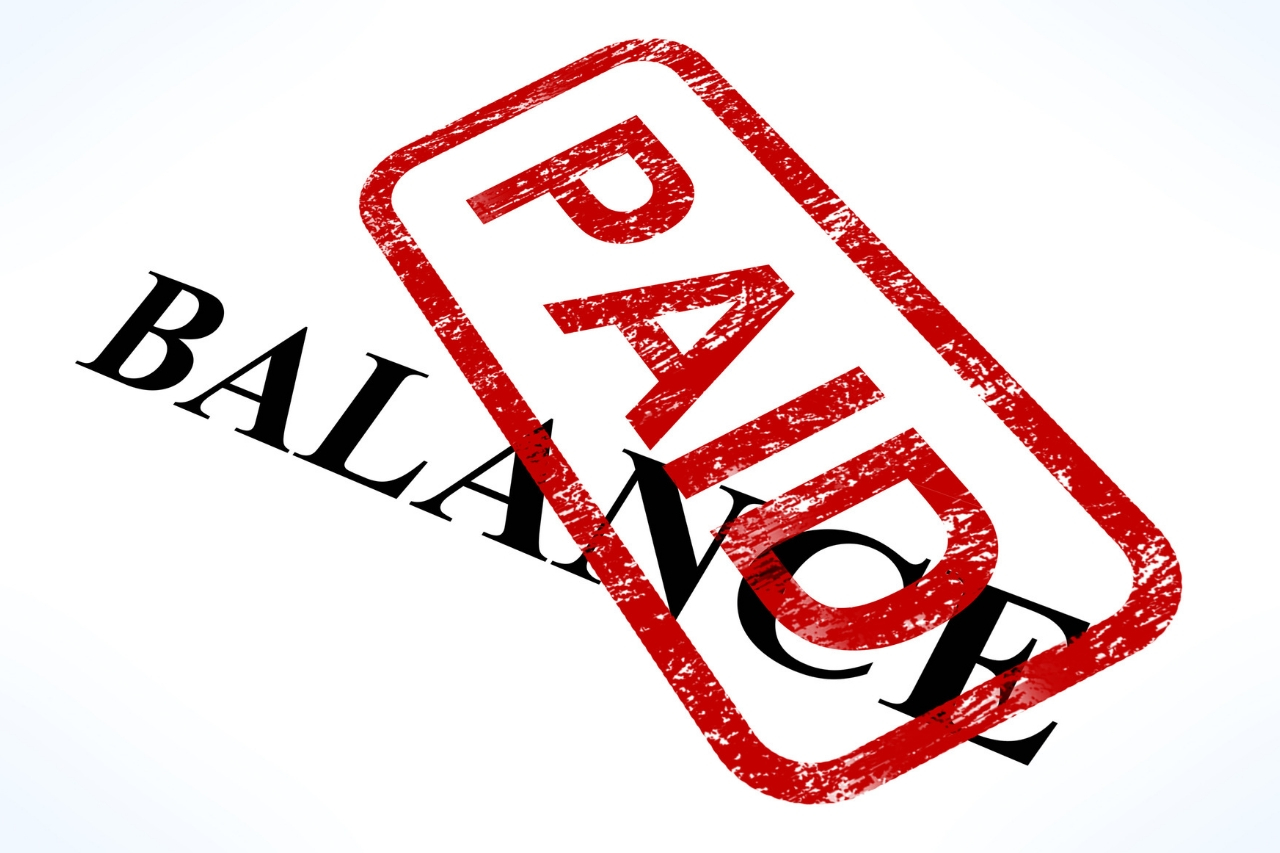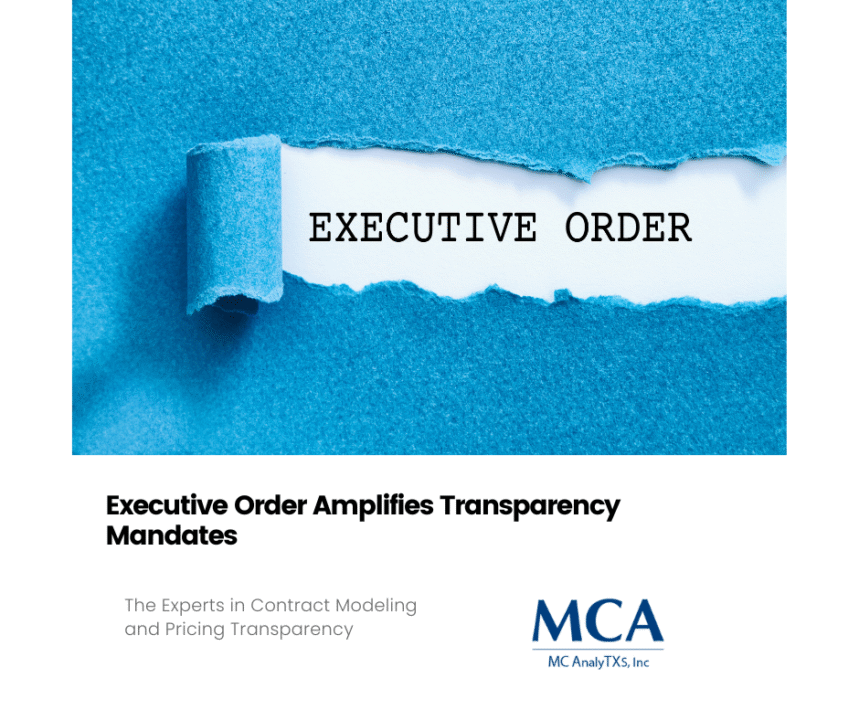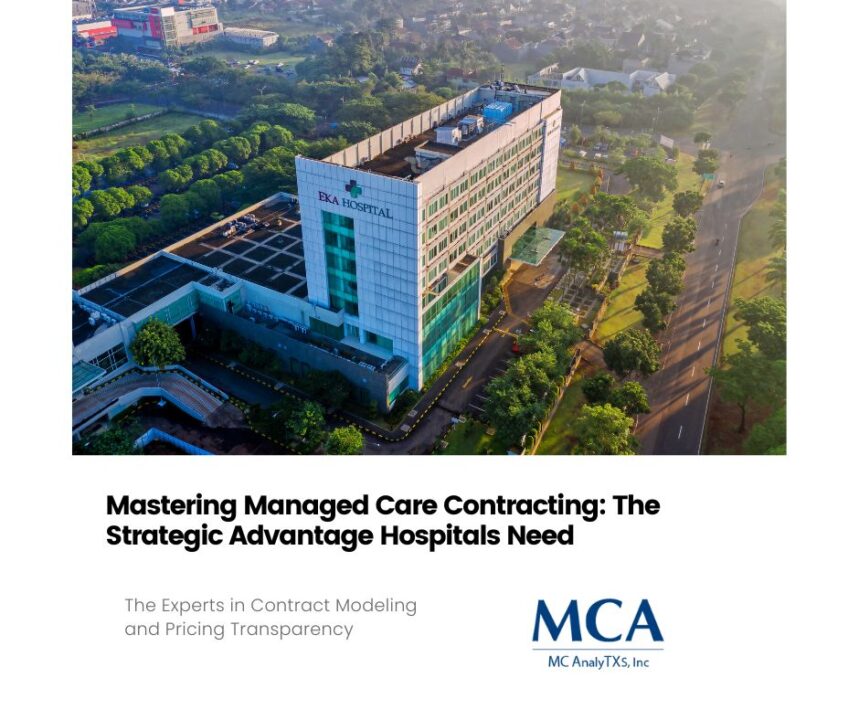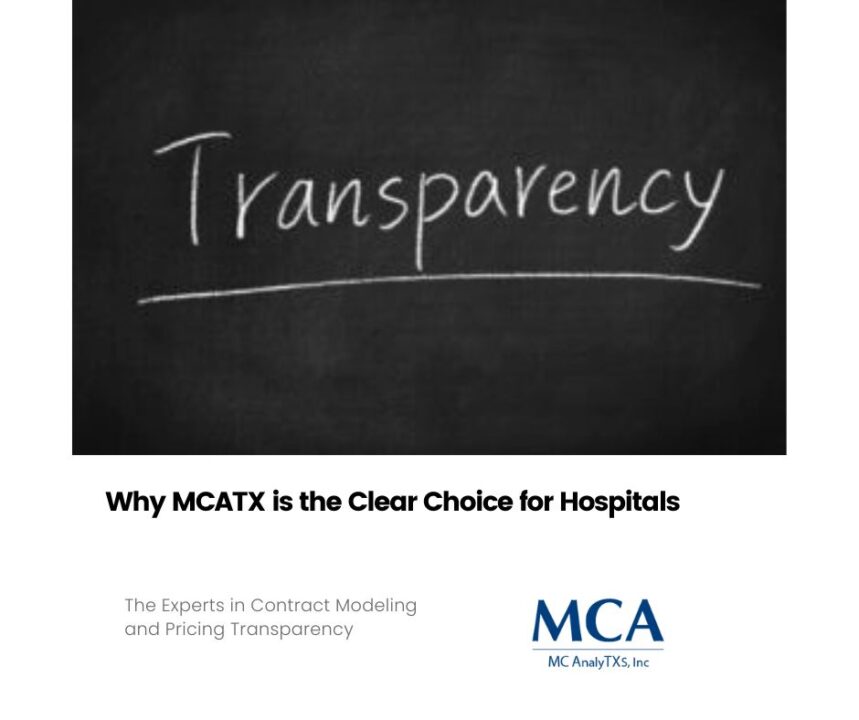
Your Guide on How to Manage Underpayments and Overpayments in RCM
August 14, 2023
How Healthcare Organizations Can Avoid Overlooked Revenue Opportunities
October 9, 2023
As healthcare costs continue to rise, it’s essential for hospitals to optimize their revenue cycle management (RCM) process. This process involves everything from patient registration and coding to billing and collection. However, with the ever-increasing complexity of healthcare, it can be challenging to identify successes and areas of improvement. In this blog post, we’ll explore some key metrics that will help CFOs, Revenue Cycle Directors, and Managed Care Directors quickly identify accomplishments and shortfalls in RCM performance.
Denial Rate
One of the most crucial metrics to track in RCM performance is the denial rate. A denial is when an insurance claim is rejected or not paid in full, which means lost revenue for the hospital. By monitoring denial rates, hospital administrators can identify trends and implement corrective action plans. For example, if a particular physician consistently has a higher denial rate for their patients, additional training may be necessary to ensure proper documentation and coding.
Days in Accounts Receivable (AR)
Days in Accounts Receivable (AR) is another critical metric to track. This metric measures the number of days it takes to collect payment after a claim is submitted. The longer it takes to collect payment, the more it will negatively impact the hospital’s cash flow. By monitoring this metric, administrators can identify inefficiencies in the billing process, such as delayed claim submissions or processing errors.
Net Collection Rate
The net collection rate is the percentage of payments collected compared to what is expected to be collected. This metric takes into account both insurance payments and patient payments. By monitoring this metric, hospital administrators can identify areas of improvement in the collection process. For example, if the net collection rate is lower than expected, it may indicate that there needs to be more focus on patient collections.
Clean Claims Ratio
A clean claim is a claim submitted with accurate and complete information without any errors or omissions. A higher clean claims ratio means that more claims are being paid correctly the first time, resulting in fewer denials and a faster payment cycle. By monitoring this metric, hospital administrators can identify potential areas of improvement in the billing process, such as training staff members on the importance of submitting clean claims.
Cost to Collect
The cost to collect is the total amount spent on RCM divided by the total amount collected. This metric measures the efficiency of the revenue cycle process, including all the costs associated with it. By monitoring this metric, hospital administrators can identify opportunities to improve their RCM process and reduce costs. For example, if the cost to collect is higher than expected, it may indicate that additional automation or outsourcing is necessary.
Conclusion:
In conclusion, tracking key metrics is vital to quickly identify accomplishments and shortfalls in RCM performance. By regularly monitoring metrics such as denial rate, days in AR, net collection rate, clean claims ratio, and cost to collect, hospital administrators can identify inefficiencies in the revenue cycle process and make data-driven decisions to improve it. With improved RCM performance, hospitals will be able to maximize revenue while minimizing costs, ultimately allowing them to provide better care for their patients.
To learn more join our upcoming webinar on October 19th at 1 pm CST.





